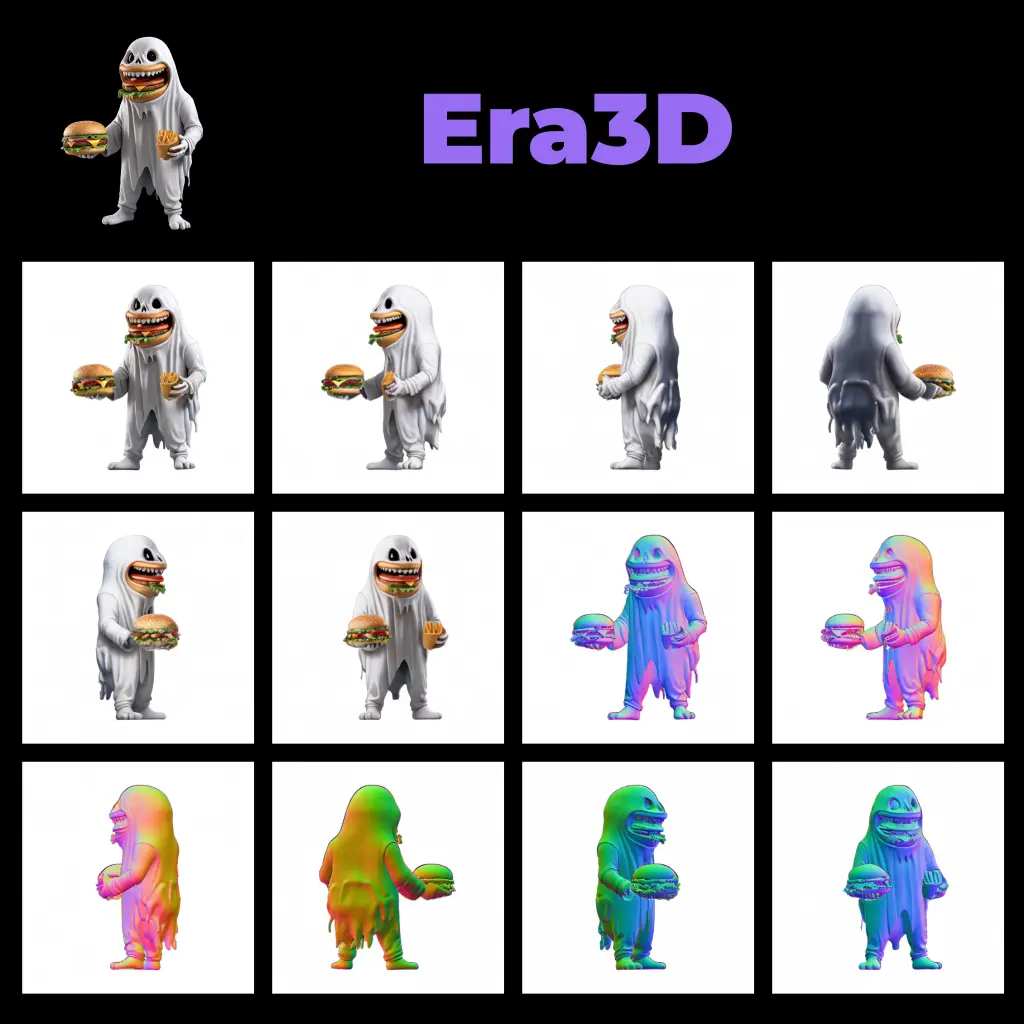ComfyUI Node: TagSwitcher
TagSwitcher
Categoryimage
sugarkwork (Account age: 1160days) Extension
comfyui_tag_filter Latest Updated
2025-04-04 Github Stars
0.04K
How to Install comfyui_tag_filter
Install this extension via the ComfyUI Manager by searching for comfyui_tag_filter- 1. Click the Manager button in the main menu
- 2. Select Custom Nodes Manager button
- 3. Enter comfyui_tag_filter in the search bar
Visit ComfyUI Online for ready-to-use ComfyUI environment
- Free trial available
- 16GB VRAM to 80GB VRAM GPU machines
- 400+ preloaded models/nodes
- Freedom to upload custom models/nodes
- 200+ ready-to-run workflows
- 100% private workspace with up to 200GB storage
- Dedicated Support
TagSwitcher Description
Manage and switch AI art tags efficiently for improved organization and workflow.
TagSwitcher:
The TagSwitcher node is designed to help you manage and manipulate tags within your AI art projects. This node allows you to switch between different sets of tags based on specific criteria, making it easier to organize and categorize your tags effectively. By using TagSwitcher, you can streamline your workflow, ensuring that the right tags are applied to your projects, which can enhance the accuracy and relevance of your AI-generated art. This node is particularly useful for artists who work with large datasets of tags and need a reliable way to switch between different tag configurations quickly and efficiently.
TagSwitcher Input Parameters:
tags
This parameter accepts a string of tags that you want to manage. Each tag should be separated by a comma. The tags you input here will be the ones that the TagSwitcher node will process and manipulate based on the criteria you set in the other parameters. There is no minimum or maximum value for this parameter, but it is essential to ensure that the tags are correctly formatted for optimal results.
pose
This boolean parameter determines whether tags related to poses should be included in the switching process. If set to true, pose-related tags will be considered; if false, they will be ignored. The default value is true.
gesture
This boolean parameter controls the inclusion of gesture-related tags. When set to true, gesture tags will be part of the switching criteria. If set to false, they will be excluded. The default value is true.
action
This boolean parameter specifies whether action-related tags should be included. Setting it to true will include action tags in the switching process, while false will exclude them. The default value is true.
emotion
This boolean parameter determines the inclusion of emotion-related tags. If true, these tags will be considered in the switching process; if false, they will be ignored. The default value is true.
expression
This boolean parameter controls whether expression-related tags should be included. When set to true, expression tags will be part of the switching criteria. If set to false, they will be excluded. The default value is true.
camera
This boolean parameter specifies whether camera-related tags should be included. Setting it to true will include camera tags in the switching process, while false will exclude them. The default value is true.
angle
This boolean parameter determines the inclusion of angle-related tags. If true, these tags will be considered in the switching process; if false, they will be ignored. The default value is true.
sensitive
This boolean parameter controls whether sensitive tags should be included. When set to true, sensitive tags will be part of the switching criteria. If set to false, they will be excluded. The default value is true.
liquid
This boolean parameter specifies whether liquid-related tags should be included. Setting it to true will include liquid tags in the switching process, while false will exclude them. The default value is true.
include_categories
This parameter accepts a string of categories that you want to include in the switching process. Each category should be separated by a comma. This allows you to specify which categories of tags should be considered when switching.
exclude_categories
This parameter accepts a string of categories that you want to exclude from the switching process. Each category should be separated by a comma. This allows you to specify which categories of tags should be ignored when switching.
TagSwitcher Output Parameters:
result
The result parameter returns a string of tags that have been processed and switched based on the criteria you set in the input parameters. This output is a comma-separated list of tags that meet the specified conditions, making it easier for you to apply the right tags to your AI-generated art.
TagSwitcher Usage Tips:
- Ensure that your tags are correctly formatted and separated by commas to achieve the best results.
- Use the boolean parameters to fine-tune which types of tags you want to include or exclude in the switching process.
- Take advantage of the include_categories and exclude_categories parameters to further refine the tags that are processed, ensuring that only relevant tags are considered.
TagSwitcher Common Errors and Solutions:
Invalid tag format
- Explanation: The tags input string is not correctly formatted, which can cause the node to malfunction.
- Solution: Ensure that each tag is separated by a comma and that there are no extra spaces or special characters.
Missing required parameters
- Explanation: One or more required parameters are missing, preventing the node from executing correctly.
- Solution: Double-check that all required parameters are provided and correctly formatted.
Unexpected boolean value
- Explanation: A boolean parameter has an invalid value, causing the node to fail.
- Solution: Ensure that all boolean parameters are set to either true or false.
TagSwitcher Related Nodes
RunComfy is the premier ComfyUI platform, offering ComfyUI online environment and services, along with ComfyUI workflows featuring stunning visuals. RunComfy also provides AI Playground, enabling artists to harness the latest AI tools to create incredible art.



